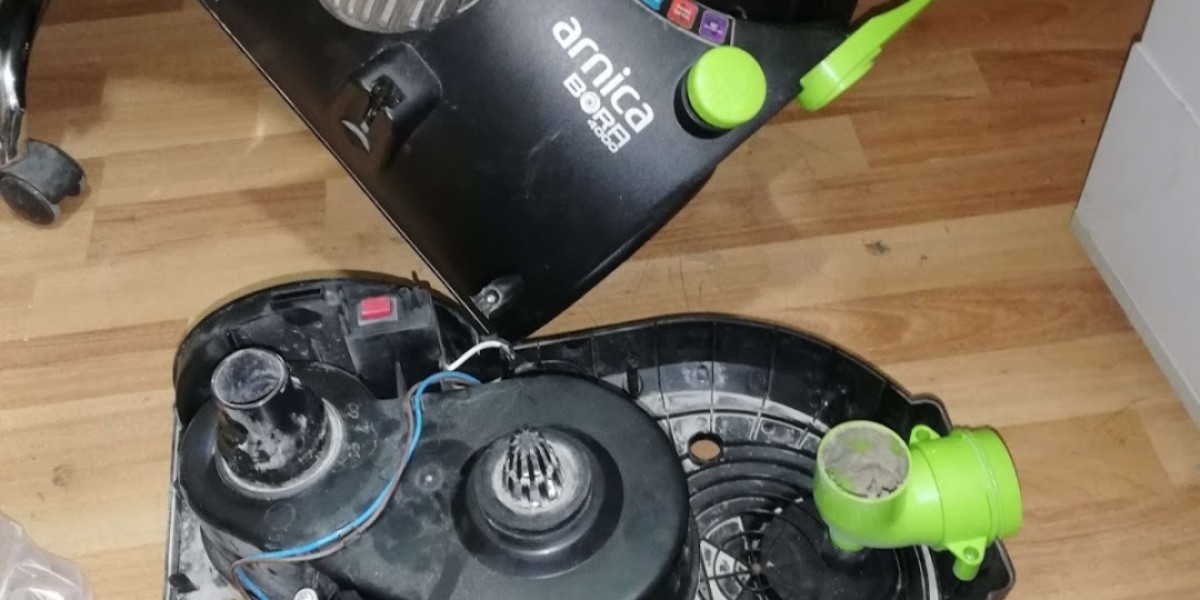If you’re in woodworking, furniture restoration, or historic preservation, you’ve likely faced the challenge of removing decades of grime, paint, varnish, or mildew without damaging the underlying wood. Enter the Wood Laser Cleaner — an advanced, non-contact cleaning technology that’s changing the game for craftsmen, DIYers, and conservationists alike.
A wood laser cleaner uses precise, high-energy laser beams to ablate contaminants layer by layer. This process preserves the integrity of the original wood, avoids harsh chemicals, and drastically reduces labor time. Let’s break down how this remarkable tool works and why it’s gaining popularity worldwide.
How Does a Wood Laser Cleaner Work?
A wood laser cleaner operates on the principle of laser ablation. Here’s a simple overview:
Energy Emission: A pulsed fiber or CO₂ laser emits focused light.
Surface Interaction: The laser beam absorbs into the top contaminant layer.
Layer Vaporization: The unwanted layer heats up, vaporizes, and is extracted by a built-in vacuum or fume extractor.
Wood Safety: The process stops at the wood’s surface, ensuring no heat damage.
Unlike sandblasting or chemical stripping, this method is non-abrasive and eco-friendly, producing minimal waste.
Top Benefits of Using a Wood Laser Cleaner
✅ Precision Control — Remove only what you want, down to microns.
✅ Chemical-Free — No toxic solvents or strippers needed.
✅ Time-Saving — Clean complex carvings, grooves, and edges with ease.
✅ Preserves Original Detail — Ideal for antique furniture or heritage buildings.
✅ Environmentally Responsible — Less dust, less waste.
Applications: Who Should Use a Wood Laser Cleaner?
This technology has wide applications across multiple industries:
| User | How They Benefit |
|---|---|
| Antique Restorers | Gently remove old varnish, paint, or mildew from valuable pieces |
| Furniture Makers | Prep reclaimed wood without heavy sanding |
| Historic Preservationists | Safely clean woodwork in heritage sites |
| Artists & Sculptors | Refine fine carvings without manual scraping |
| DIY Enthusiasts | Tackle home renovation projects with modern precision |
Safety Tips for Using a Wood Laser Cleaner
Operating a laser cleaner safely requires understanding and discipline:
Wear Protective Eyewear: Always wear laser-rated goggles.
Ventilation: Use a fume extractor or work in a well-ventilated area.
Proper Training: Get familiar with the machine’s settings before tackling valuable projects.
Test First: Always test on a small, inconspicuous area to determine beam intensity.
Keep Away from Flammables: Avoid using the laser near combustible materials.
How to Choose the Right Wood Laser Cleaner
Not all laser cleaners are the same. Here’s a quick comparison guide to help you choose:
| Feature | Why It Matters |
|---|---|
| Laser Power (Wattage) | Higher wattage removes tougher coatings but may cost more |
| Pulse Type | Pulsed lasers provide more control for delicate surfaces |
| Portability | Handheld vs. stationary models for job site flexibility |
| Cooling System | Air-cooled models are easier to maintain than water-cooled units |
| Fume Extraction | Built-in vacuum systems make cleanup safer and easier |
FAQs about Wood Laser Cleaners
Q1: Will a laser cleaner damage the wood?
A properly set laser cleaner will not damage the wood underneath. It’s crucial to adjust the power, pulse rate, and beam focus to match the material.
Q2: Can I use a laser cleaner indoors?
Yes, but ensure proper ventilation and wear protective equipment. Fumes from old paint or varnish can be harmful if not extracted.
Q3: How much does a wood laser cleaner cost?
Prices vary greatly depending on power and features. Entry-level models may start around a few thousand dollars, while high-end, industrial units can cost tens of thousands.
Q4: Is it worth buying for small DIY projects?
If you only have a one-time use, renting might be better. For professionals or frequent restorers, the time and labor saved can justify the investment.
Q5: Do I need a license to operate one?
In most places, no license is needed, but training is highly recommended. Always follow local safety guidelines for operating laser equipment.
Wood Laser Cleaner vs. Traditional Methods
| Method | Pros | Cons |
|---|---|---|
| Laser Cleaning | Non-contact, precise, chemical-free | High initial cost, learning curve |
| Sandblasting | Fast for large areas | Abrasive, can damage intricate details |
| Chemical Stripping | Effective for heavy coatings | Hazardous chemicals, long cleanup, environmental concerns |
| Manual Sanding | Simple, low-tech | Labor-intensive, inconsistent results on detailed carvings |
Pro Tips to Get the Best Results
⭐ Start Slow: Begin with the lowest effective power setting to avoid scorching.
⭐ Keep Moving: Do not hold the beam in one place for too long.
⭐ Layer by Layer: Remove paint or varnish in multiple passes for delicate pieces.
⭐ Maintenance Matters: Keep the optics clean and the fume extractor filters changed.
⭐ Practice Makes Perfect: Experiment on scrap wood before tackling heirlooms.
What Professionals Say
Wood conservators and artisans agree: a wood laser cleaner is one of the most revolutionary tools in the restoration world. It allows for conservation practices that align with modern sustainability standards while maintaining the authenticity of vintage woodwork.
Engage With Us: Share Your Wood Laser Cleaner Story
Have you used a wood laser cleaner on a project? Share your before-and-after results, tips, or questions. Your insights help others make informed choices and bring new life to wood that would otherwise be lost to harsh methods.
Key Takeaways at a Glance
✅ Safe & Non-Abrasive: Keep intricate details intact
✅ Eco-Friendly: No harsh chemicals, minimal waste
✅ Precision Cleaning: Ideal for antiques, art, and restoration
✅ High ROI: Save hours on manual labor
✅ Customizable: Choose models to fit your specific needs





